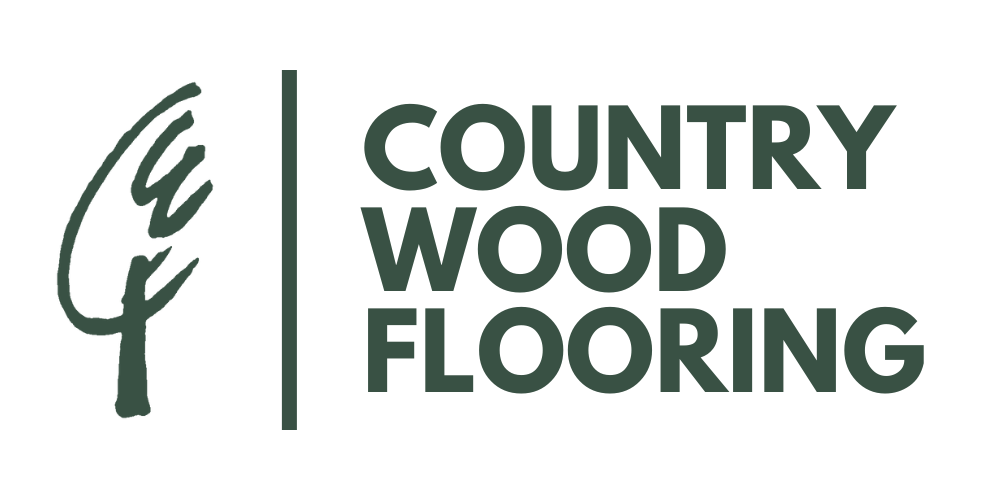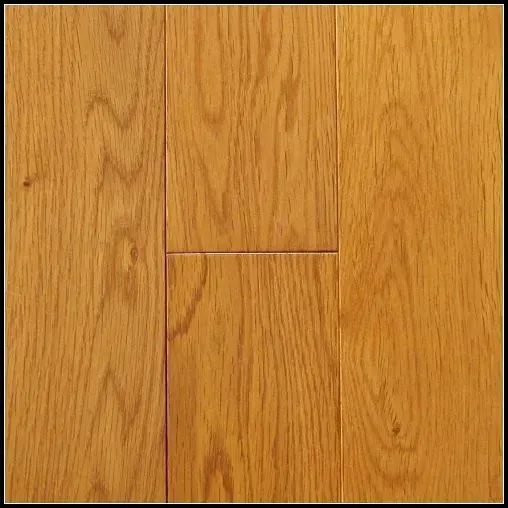Follow Us
Join our newsletter
We will get back to you as soon as possible
Please try again later
Your Trusted Flooring Wholesaler Since 1999
Wood Flooring
Wood flooring is defined as any flooring made from natural hardwood materials, which is typically categorized into two main types: Solid Hardwood Flooring and Engineered Hardwood Flooring.
- Solid Hardwood Flooring: Composed of a single piece of timber, solid wood flooring is generally available in thicknesses ranging from 3/4 inch to 5/8 inch. Its durability and ability to be refinished multiple times make it a long-lasting and desirable option in various design applications.
- Engineered Hardwood Flooring: This product consists of several layers of wood; the top layer is typically real hardwood, while the underlying layers are composed of plywood or high-density fiberboard (HDF). Engineered wood flooring offers increased stability, making it suitable for environments with higher moisture levels, such as basements.
The choice between solid and engineered wood depends on various factors, including the desired aesthetic, environmental conditions, and installation requirements.
Benefits of Wood Flooring
Investing in wood flooring provides an array of compelling benefits:
- Aesthetic Appeal: The natural grain patterns and tones of wood create an inviting ambiance, enhancing the aesthetic value of any space. With a variety of species and finishes available, wood flooring can seamlessly adapt to both classic and contemporary design schemes.
- Durability: Quality wood flooring is built to withstand years of use. With proper care, it can last a lifetime, making it a sound investment. The ability to sand and refinish solid wood floors further extends their lifespan.
- Increased Property Value: Homes featuring wood flooring often command higher sale prices and can sell more quickly than those with other flooring options, reflecting the enduring popularity of hardwood aesthetics among homebuyers.
- Low Maintenance Requirements: Wood flooring is relatively easy to maintain. Regular sweeping or vacuuming, along with periodic damp mopping, will help preserve its appearance and integrity.
- Health Benefits: Unlike carpets, which can trap allergens, wood flooring is hypoallergenic and promotes better indoor air quality, making it especially beneficial for allergy sufferers.
Types of Wood Flooring
Understanding the various types of wood flooring will enable you to make an informed choice based on your specific needs and preferences.
- Solid Hardwood: This type of flooring is milled from solid timber and is available in various species, including oak, maple, cherry, and hickory. Solid hardwood provides authenticity and can be refinished multiple times, maintaining its original beauty for years.
- Engineered Hardwood: Featuring a real wood veneer on the surface, engineered wood is constructed with multiple layers for enhanced stability. This makes it suitable for areas with fluctuating climates and moisture, while still offering the appearance of solid wood.
- Exotic Hardwood: Exotic wood species like Brazilian cherry or teak offer distinctive grain patterns and rich colors. These materials typically come with a higher price tag but make a stunning statement in any setting.
- Reclaimed Wood: Sourced from salvaged barn wood or old buildings, reclaimed wood carries a unique history and character. It provides an environmentally sustainable option and adds a rustic charm to contemporary designs.
- Prefinished Wood: This type of flooring comes with a factory-applied finish, which reduces installation time and minimizes mess. Prefinished wood is available in both solid and engineered varieties.
Installation Methods for Wood Flooring
Selecting the appropriate installation method is crucial for the longevity and performance of wood flooring. Here are the most common installation techniques:
- Nail Down Installation: Primarily used for solid hardwood, this technique involves nailing the boards directly to wooden subfloors. It provides a durable and stable option, making it ideal for dry settings.
- Glue Down Installation: Suitable for engineered wood, this method employs a specialized adhesive to secure planks directly to the subfloor. This installation technique is well-suited for areas where moisture is a concern, offering long-lasting results.
- Floating Installation: Commonly used with engineered wood, this method allows planks to be secured together without being attached to the subfloor. This approach accommodates natural movement and expansion, while simplifying the installation process.
- Staple Down Installation: Similar to nail-down methods, this technique uses staples to attach engineered wood flooring to the subfloor. This option is valuable for installations requiring a secure fastening.
Choosing the right method depends on various factors, such as the type of wood flooring, the characteristics of the subfloor, and local environmental conditions.
Maintaining Your Wood Flooring
Proper maintenance is essential for preserving the beauty and functionality of wood flooring. Here are several best practices to keep your floors in exceptional condition:
- Routine Cleaning: Regularly sweep or vacuum to remove dirt and debris that can scratch the surface. Use a hardwood floor cleaner when mopping—hot water or harsh chemicals can damage the finish.
- Humidity Management: Wood is a natural material that responds to moisture levels. Maintaining indoor humidity between 30–50% will help prevent warping, cracks, or gaps in the wood.
- Avoid Excessive Watering: Minimize the use of water when cleaning; a damp mop is preferable to a soaking wet one. Excessive moisture can harm wood flooring, causing it to swell or warp.
- Use Area Rugs: Implementing area rugs in high-traffic zones can help protect the flooring from scratches and wear. Additionally, use mats at entrances to catch dirt and debris before it reaches the wooden surface.
- Periodic Refinishing: Over time, consider refinishing your hardwood to remove signs of wear and restore its original beauty. This process can typically be performed several times throughout the life of the flooring, depending on its quality.
- Scratch Prevention: To minimize scratches, attach felt pads to furniture legs, and avoid walking on the floor with heels or shoes that may cause damage.
Frequently Asked Questions
Can I install wood flooring over existing flooring?
Yes, wood flooring can often be installed over existing flooring, provided the surface is level, clean, and secure. Floating installations are particularly accommodating in this regard.
How do I determine the best type of wood flooring for my needs?
Consider factors such as your design preferences, the specific setting (e.g., moisture levels), and traffic patterns in your home or business. Solid hardwood may be preferable in more stable environments, while engineered wood may be the better option in moisture-prone areas.
Is wood flooring suitable for areas with high humidity?
Engineered wood flooring is more adaptable to high humidity settings compared to solid hardwood, which may expand or contract in such conditions. Proper installation and humidity control are key.
How frequently should I refinish my hardwood floors?
The frequency of refinishing depends on usage and wear; most hardwood floors benefit from refinishing every 5 to 10 years. High-traffic areas may require more frequent attention.
Can I install wood flooring on my own?
Yes, many homeowners successfully undertake DIY installations, particularly with pre-finished or floating options. However, more complex installations, such as nail-down applications, may benefit from professional expertise.
Will exposure to sunlight change the color of my wood flooring?
Yes, natural wood can change color as it ages, and sunlight can accelerate this process. To minimize fading, utilize window treatments or curtains to control light exposure in sunny areas.
Quick Links
Business Info
Phone Number: (626) 820-8555
Email:
info@countrywoodfloor.com
Business Address:
17521 Railroad St #G,
City of Industry, CA 91748
Business Hours
- Mon - Fri
- -
- Sat - Sun
- Closed
Copyright ©️ 2025 Country Wood Flooring


